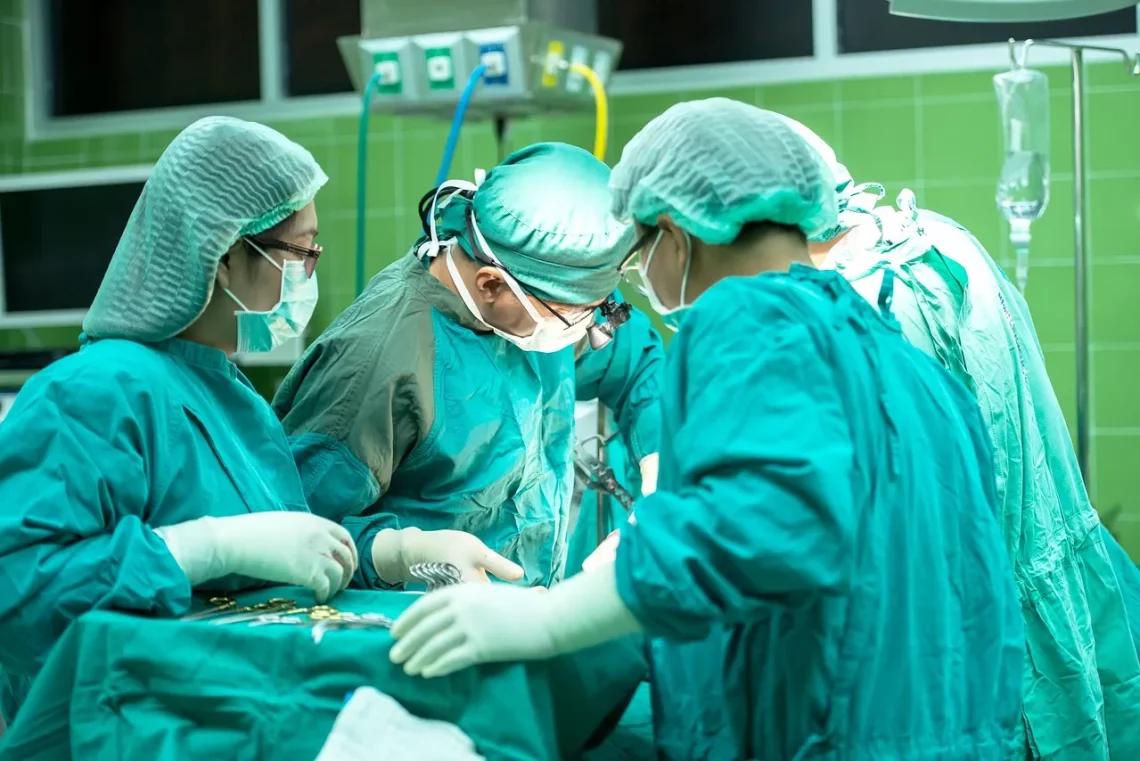
Understanding Laparoscopic Spay: Benefits and Procedure Explained
Laparoscopic spay, a minimally invasive surgical technique, has gained significant attention as a preferred method for spaying female pets. This procedure is not only less invasive than traditional spaying methods but also offers numerous advantages for both the animal and the pet owner. As more pet owners seek ways to ensure their furry companions receive the best possible care, understanding the intricacies of laparoscopic spay becomes increasingly important.
The essence of laparoscopic surgery lies in its use of small incisions and specialized instruments, which reduce the trauma associated with more invasive surgeries. This technique allows for quicker recovery times, less postoperative pain, and a reduced risk of complications. Pet owners are often concerned about the well-being of their animals, and laparoscopic spay addresses these concerns by minimizing the stress of surgery. Moreover, the rapid advancement of veterinary medicine means that procedures like laparoscopic spay are becoming more widely available, making it easier for pet owners to access high-quality surgical care.
As we delve deeper into the benefits and procedures associated with laparoscopic spay, it is essential to understand how this technique differs from traditional methods and why it may be the right choice for your pet. The following sections will explore the advantages, procedure details, and post-operative care related to laparoscopic spay, providing pet owners with a comprehensive overview of this surgical option.
Advantages of Laparoscopic Spay
One of the primary benefits of laparoscopic spay is the reduced recovery time. Traditional spay surgeries often require a longer healing process due to larger incisions and greater tissue trauma. In contrast, laparoscopic spay utilizes small incisions, which leads to significantly less tissue damage. As a result, pets typically experience a faster recovery, allowing them to return to their normal activities within a few days.
Another advantage is the reduction in postoperative pain. Since laparoscopic surgery is less invasive, it often results in less pain and discomfort for the animal. Studies have shown that pets undergoing laparoscopic spay often require fewer pain medications post-surgery. This not only enhances their comfort but also reduces the potential side effects associated with pain medications.
Furthermore, laparoscopic spay decreases the risk of complications. The precision of laparoscopic tools allows veterinarians to perform the surgery with greater accuracy, minimizing the chances of damaging surrounding organs or tissues. This precision is particularly beneficial in younger animals or those with specific health considerations, as it ensures a safer surgical experience.
Additionally, laparoscopic spay can be performed in a shorter time frame compared to traditional methods. The streamlined nature of the procedure allows veterinarians to complete the surgery efficiently, which can be particularly advantageous in a busy veterinary practice. This efficiency can lead to lower overall costs for pet owners, as the procedure may take less time and require fewer resources.
Finally, laparoscopic spay is an option for pet owners who prioritize the well-being of their animals. Knowing that their pets will experience less pain and a quicker recovery can provide peace of mind. As awareness of humane treatment in veterinary practices continues to grow, many pet owners are actively seeking out options like laparoscopic spay that align with their values.
The Laparoscopic Spay Procedure
Understanding the laparoscopic spay procedure is essential for pet owners considering this option for their pets. The surgery typically begins with the administration of anesthesia, ensuring that the animal is completely unconscious and comfortable throughout the procedure. Once the pet is under anesthesia, the veterinarian will prepare the surgical area, ensuring a sterile environment to minimize the risk of infection.
The laparoscopic spay itself involves making two or three small incisions in the abdominal wall. Through these tiny openings, the veterinarian inserts a laparoscope—a thin tube equipped with a camera—and specialized surgical instruments. The laparoscope allows the surgeon to visualize the internal structures on a monitor, providing a clear view of the reproductive organs without the need for a large incision.
Once the reproductive organs are visualized, the veterinarian carefully detaches the ovaries and, in some cases, the uterus, using the laparoscopic instruments. This process requires a high level of skill and precision, as the surgeon must navigate around delicate tissues and blood vessels. After the organs have been removed, the small incisions are closed with sutures or surgical glue.
The entire procedure generally takes less than an hour, which is significantly shorter than traditional spay surgeries. After the surgery, the pet is monitored as they wake up from anesthesia. Most pets are able to go home the same day, allowing for a smooth transition back to their normal environment.
It is important for pet owners to follow their veterinarian’s post-operative care instructions closely. Although the recovery time is generally shorter, proper care is crucial to ensure a successful healing process. This includes monitoring the incisions for signs of infection, ensuring the pet does not lick or chew at the surgical site, and adhering to any prescribed activity restrictions.
Overall, the laparoscopic spay procedure is a sophisticated surgical option that offers numerous benefits for pets, making it an increasingly popular choice among veterinarians and pet owners alike.
Post-Operative Care and Considerations
Post-operative care plays a vital role in the recovery process following a laparoscopic spay. While the procedure itself is less invasive, it is still essential for pet owners to be vigilant in monitoring their pets during the healing phase.
Immediately after surgery, pets may experience grogginess as they wake up from anesthesia. It is crucial to provide a calm and quiet environment for them to recover. Pets should be kept in a comfortable area away from other animals and potential stresses.
Veterinarians will typically provide specific post-operative care instructions, which may include guidelines on feeding, activity restrictions, and medication administration. It is crucial to adhere to these instructions to ensure a smooth recovery. Many veterinarians recommend restricting physical activity for at least a week post-surgery to prevent strain on the incision sites. This means limiting playtime and avoiding vigorous exercise, such as jumping or running.
Monitoring the incision sites is also a key aspect of post-operative care. Pet owners should check for any signs of redness, swelling, or discharge, which could indicate an infection. It is essential to prevent pets from licking or chewing at the surgical sites, as this can lead to complications. In some cases, veterinarians may recommend using an Elizabethan collar or a surgical recovery suit to protect the incisions.
Feeding can typically resume within a few hours after surgery, but it is advisable to start with a small amount of food. This allows pet owners to monitor their pets for any signs of nausea or discomfort. If a pet is reluctant to eat or shows signs of distress, it’s important to contact the veterinarian for guidance.
Lastly, follow-up visits are often scheduled to ensure that the healing process is progressing as expected. These visits allow the veterinarian to assess the surgical sites and address any concerns that may arise during recovery.
In conclusion, while laparoscopic spay is a highly effective and less invasive surgical option, proper post-operative care is essential for a successful recovery. Pet owners should remain attentive and proactive in managing their pet’s healing process to ensure optimal outcomes.
**Disclaimer:** This article is not intended to provide medical advice. For any health-related concerns regarding your pet, please consult a qualified veterinarian.




